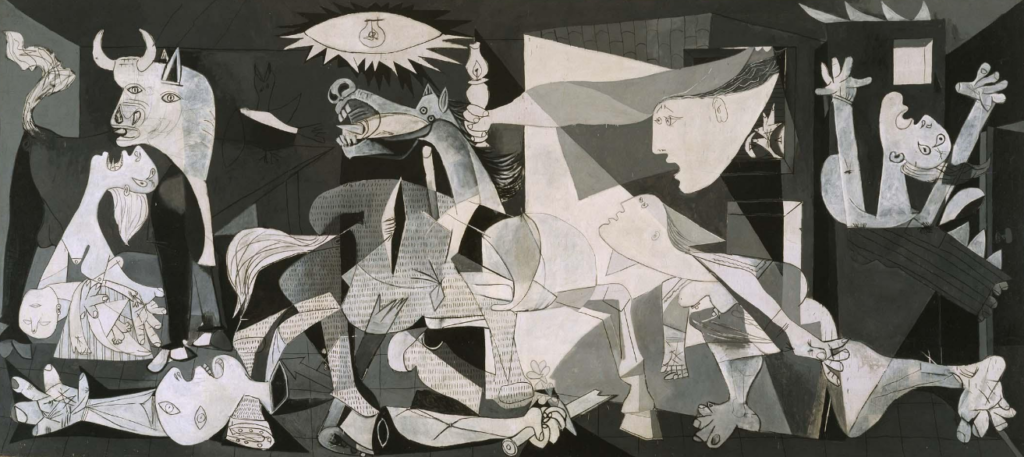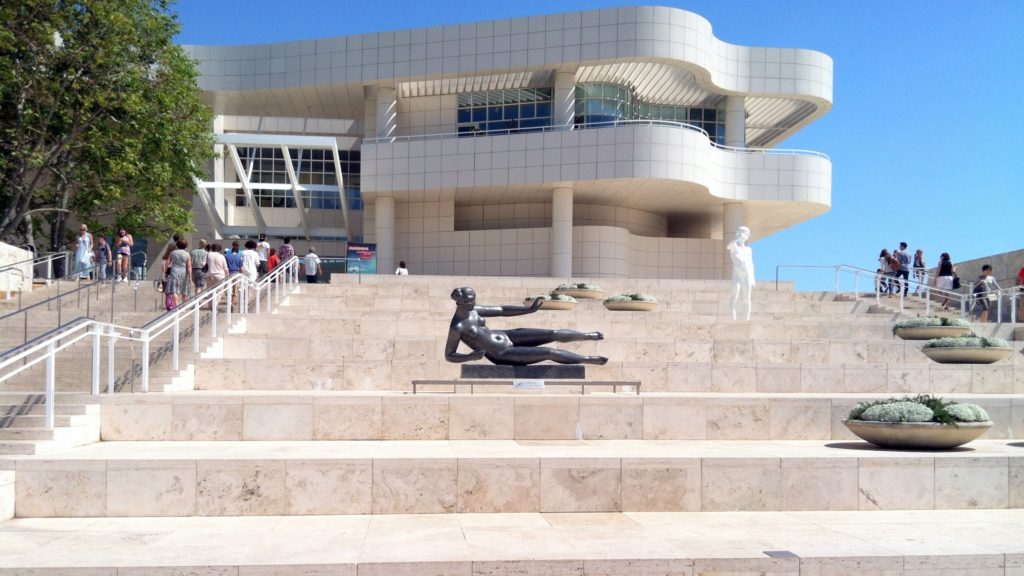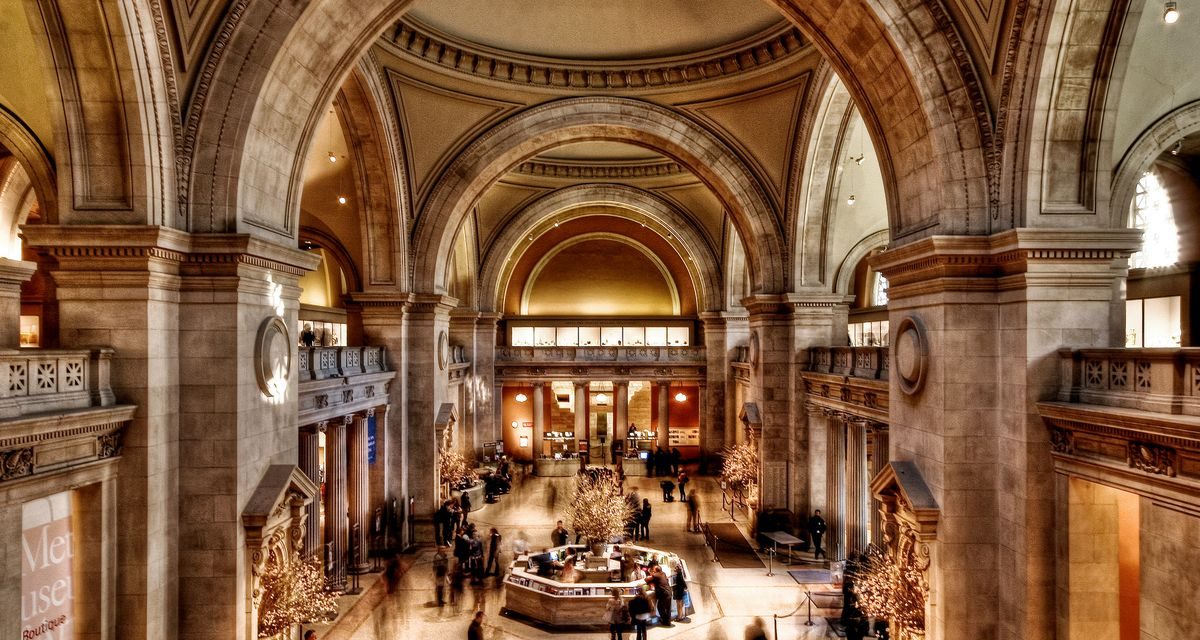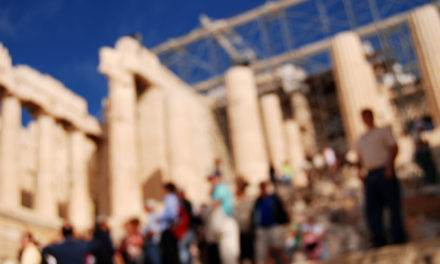by
George Magalios
One cannot speak of creativity, or art, without a parallel discussion on capital and its exchange. All art today is a tangible product destined for some sort of transactional exchange. In the not too-distant past, artworks were products of religious rituals whose function could not be separated from piety and devotion, from communal religiosity and the sacred.
Today’s paintings, sculptures, photographs, and works on paper have become commodities and symbols of status, traded like stocks among the very rich and hoarded in a buying frenzy that amounts to a very complex and sophisticated form of money laundering. Limiting the discussion on creativity to works of art means limiting the contemplation of creative output to a socio-economic critique. When we expand art to mean “creativity” then we can begin the discussion on giving and philanthropy.
Art is not, by definition, often understood as a gift, though it is a form of giving. The distinction between giving and receiving, and giving with nothing being acquired in return, is what defines the very nature of philanthropy. As it applies to works of art, they become works of philanthropy in both the individual and social context when one acknowledges the gift of knowledge and discovery involved in the interplay between a work’s resonance and the artist’s production and the viewer’s contemplation.

Still from Dreams by Akira Kurosawa, 1990
How does art lead to philanthropy?
Philanthropy (Greek for “the love of people”) is often associated with galas and charities, reserved for the purview of the very wealthy and those for whom it is part of a social and economic status signifier. But the true meaning of philanthropy is rooted in the “philos,” or love of giving, one that asks nothing in return for the act of generosity. Acts of philanthropy can be as humble as being kind to a stranger on the street, giving free advice to a friend to offer perspective on an ethical dilemma, helping someone with small tasks, and many others.
By dedicating The Sophia News to creativity and philanthropy, we are attempting to rescue the love of humanity from the often monopolistic relationship the economic elites of the world retain, while simultaneously honoring great artists and creators, whether they are in the contemporary art world, or self-made cathedral builders such as Justo Gallego.
The nature of creation is a gift. When an artist makes a painting, it may be a sublime act of giving and the result of a dialogue between the natural world, the social world and the artist themself, even when the dictates of the art world and the relationship between artworks and capital predetermine the artist’s work as labor with the goal of producing a valuable commodity. The gift arises when that artwork is viewed by those who do not own the work and acquire from this moment a gift of grace, understanding, wisdom or enchantment. This happens most often in museums– sacred storehouses of world culture whose works are most often acquired through acts of philanthropy on behalf of collectors. In short, the philanthropic dynamic that takes place between artists, cultural institution, and collector is the gift of the bestowal of beauty, truth, and wisdom that grounds all artworks at their most poetic.
This gift is most powerful when shared by a larger public. But it is no less profound if one sole observer encounters a work that leads to giving, contemplation and enlightenment.

Pablo Picasso, Guernica, 1937, oil on canvas, courtesy of the Reina Sofia Museum, Madrid
When a work of art is deemed worthy of a museum, it becomes an object of remembrance.
Is the same true for the act of creating when the work in question is not art, but rather food, an item of clothing, or a word spoken?
When a baker makes bread, the act of creation is a form of giving as nourishment, unique to its moment. In its essence, the baker’s work is equal to– and in some cases, greater than– any work undertaken by the painter. What distinguishes the baker’s act of creativity from the artist’s is both the longevity of the work made and the nature of societal positioning of the thing produced. The bread is a temporal food while the work of art is meant to be permanent and trans-historical. The function of a painting differs greatly from that of a loaf of bread. The bread that feeds a child is no less great in form or poetry than a portrait by Rembrandt, but its social resonance is indeed limited in scope and pales in comparison to the intellectual and emotional impact the work of art will have on others.
To make art is to be courageous. It is to assert one’s will against the momentum of mediocrity and banality of daily life and against the oblivion of time.
To craft a work of art is, in its own unique way, an act of philanthropy in that it becomes a gift to a social world that may or may not be beautiful, that may or may not reveal a higher truth, that may or may not speak for a specific moment of history.
Nonetheless, a child’s drawing or a master’s portrait is the same act of giving in its creative essence.

Getty Museum, Los Angeles
When a mother bakes a cake, it is a creative act of giving to her family. When J. Paul Getty bequeathed $700 million to his trust and entrusted his collection of art to a new museum in his name, it is no more or no less an act of philanthropy than the mother’s cake, in its essence.
What distinguishes these two acts of giving is their social and historical relevance. Mr. Getty’s act of bestowal becomes a philanthropic act of majesty only because he was first able to master the art of acquiring the capital necessary to amass a collection of great works of art, design and other objects. Towards the end of his life, Mr. Getty, like Andrew Carnegie, Paul Mellon and many other magnates before them, subsumed the pleasure of acquisition for the grace of bestowal, thinking ahead to his legacy as philanthropist and giver.
This intricate and mysterious relationship between acquisition and giving speaks to the essence of the artist-viewer relationship. It is the fundamental dynamic that imbues “Sophia,” Greek for “Wisdom,” as an enticing and seductive endeavor whose reward is understanding, grace, and enchantment.
Art becomes a practice of philosophy (the love of wisdom) when its works contribute to the spiritual, intellectual and aesthetic wellness of a person or society. What takes place in the revelation, in the unfolding of beauty, truth, knowledge and history contained within a great work of art is the very definition of aesthetics. In this way philanthropy is generosity returned. It is the viewer’s counter-giving sparked by the artist’s endeavor.

